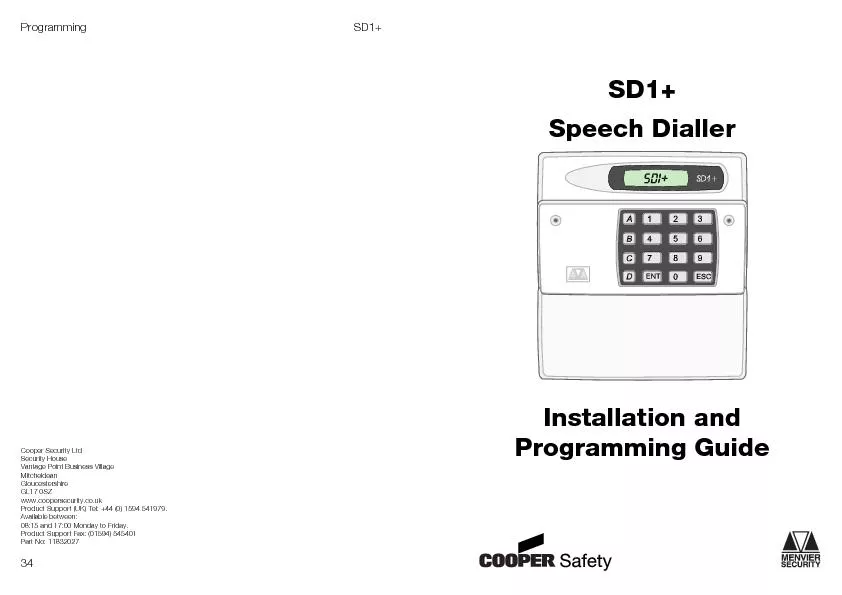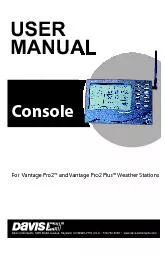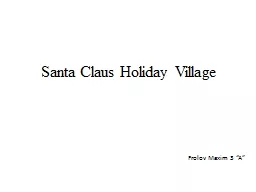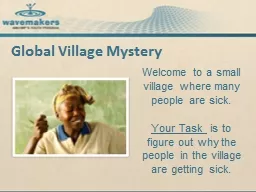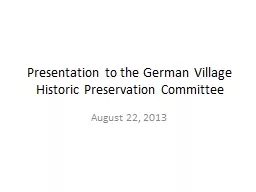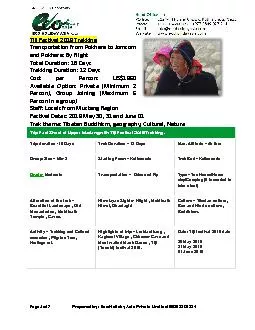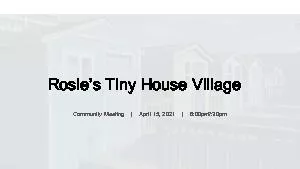PDF-Security House Vantage Point Business Village Mitcheldean Gloucestersh
Author : conchita-marotz | Published Date : 2016-03-14
Introduction SD1 You can program the SD1 to activate the output for one of the following conditions The unit has been triggered and is making calls The output is
Presentation Embed Code
Download Presentation
Download Presentation The PPT/PDF document "Security House Vantage Point Business Vi..." is the property of its rightful owner. Permission is granted to download and print the materials on this website for personal, non-commercial use only, and to display it on your personal computer provided you do not modify the materials and that you retain all copyright notices contained in the materials. By downloading content from our website, you accept the terms of this agreement.
Security House Vantage Point Business Village Mitcheldean Gloucestersh: Transcript
Download Rules Of Document
"Security House Vantage Point Business Village Mitcheldean Gloucestersh"The content belongs to its owner. You may download and print it for personal use, without modification, and keep all copyright notices. By downloading, you agree to these terms.
Related Documents

